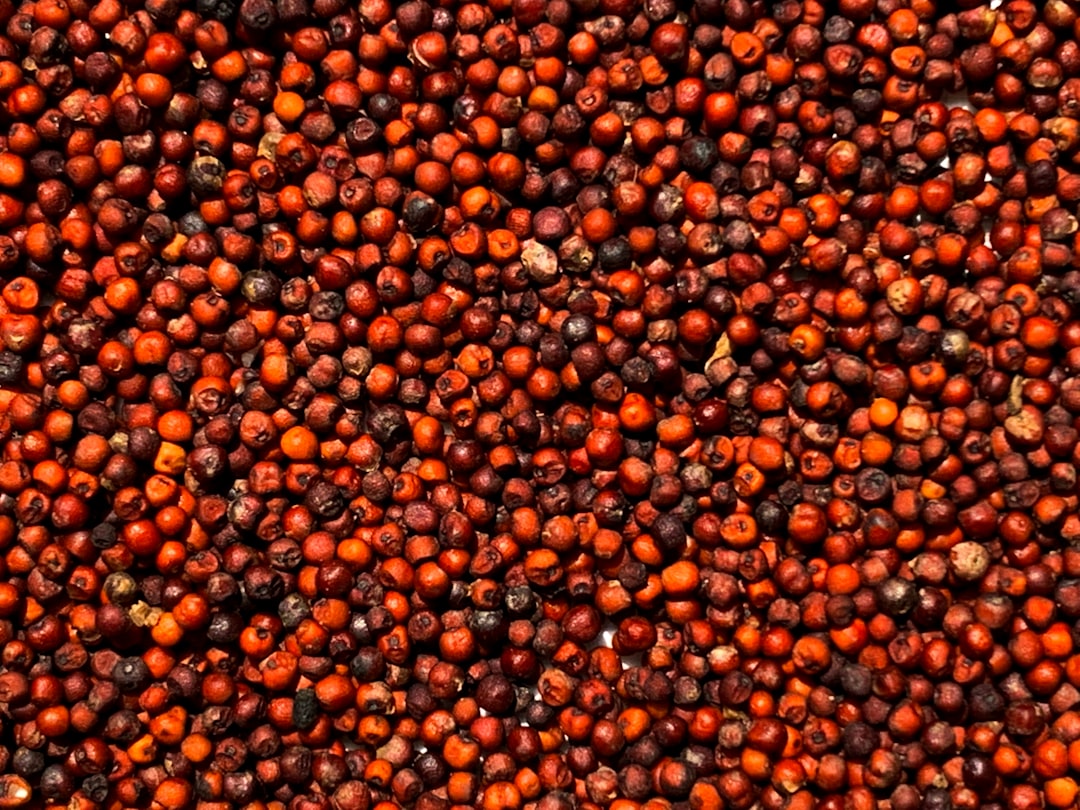What is it about?
Five mulberry trees were planted, in vases, on at Paulista Avenue, Sao Paulo, Brazil. The “noise pollution” is captured through a microphone, which measures the noise variations and discrepancies, as a symptom of several polluting and pollutant factors. The swaying of the branches is caused by a “motor-driven prosthesis”, connected to the trunks of each tree. Observation and maturing of the behavior of the “trees” are enabled from an artificial learning algorithm. In the course of the days, the trees vibrate in dialogue with the variation in factors related to the pollution, in a dance of trees, prosthesis and algorithms, making apparent and poetic the swaying of the branches.
Featured Image
Why is it important?
One of the parameters for maintenance of urban afforestation in this projectAmoreiras could be the notion of autonomy, present in the learning process of the cyborg-trees, with their copper rod and poetic prostheses. A proposal for artificial learning involving art, environment and new technologies, in a dance of leaves and a shaking of trunks, making the swaying of the branches at times apparent and poetic, at others (in)voluntarily mechanical, sometimes caused by the wind itself blowing against the leaves
Perspectives
During the exhibition period, the trees were full of fruit, turning the surroundings into an enchanted area where and people stopped to see, touch, pick fruits, interrupting their automated walk. The red fingers of the fruit pickers and the act of removing the dust from their shoulders by those passing by constituted an urban dance, recomposing their routine.
Gilbertto Prado
Universidade de Sao Paulo
Read the Original
This page is a summary of: Project Amoreiras (Mulberry Trees): Autonomy and Artificial Learning in an Urban Environment, Leonardo, February 2018, The MIT Press,
DOI: 10.1162/leon_a_01557.
You can read the full text:
Resources
Contributors
The following have contributed to this page










